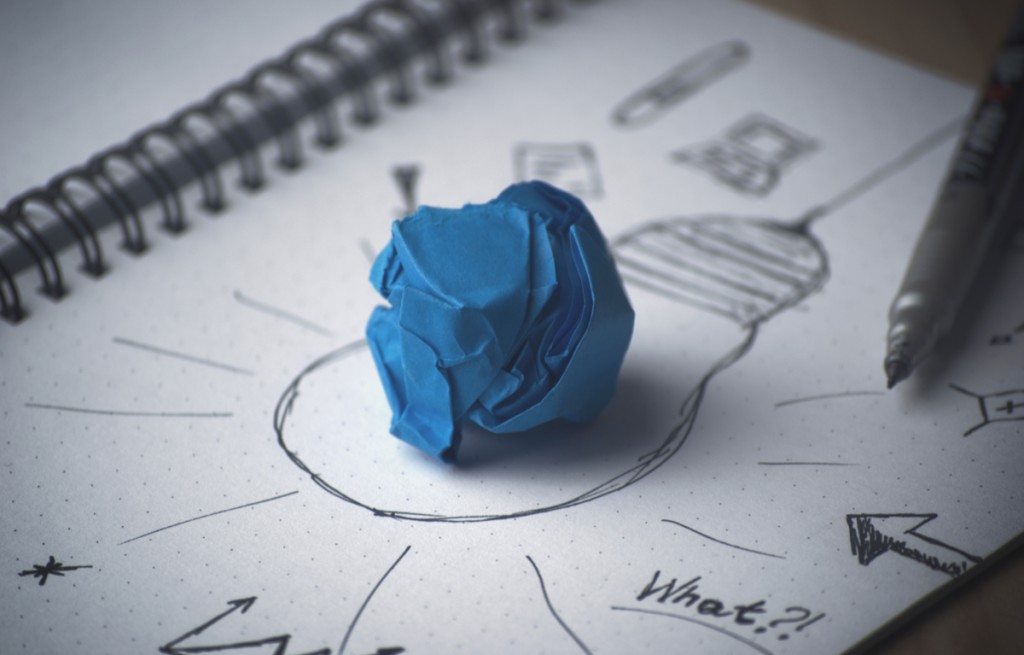There are many different types of client that a designer will encounter and no two clients can be treated exactly the same. Often I freelance at agencies, which means I have a double layer – the agency is my client but I’m also dealing with the actual end client. Some clients are very corporate, where some are much more casual. I’ve found that sometimes a very corporate seeming brand can actually have very down to earth stakeholders, or I might deal with someone very strictly professional at a brand which is seen as hip and unconventional.
No matter the type of client though, you’re always dealing with people. Here are some things to think about…
Regular Check Ins

Regular catch ups will produce better work
Well established, open lines of communication should be set up at the start of a project. I’ve found it works well to schedule in meeting times to the sprints, and to plan to meet once or twice per sprint. Some clients might feel this will take up too much of their time, and perhaps some meetings can be done remotely, but they’ll see the benefit quickly if you keep meetings short and useful.
It’s much more efficient to check in and show work which is underway to check you’re on the right lines, rather than to beaver away privately for weeks and then proudly show your client something which is all wrong.
Show and share your work

Share your ideas early and get feedback
Don’t be afraid to show unfinished or half thought out work as a UX designer. Clients might be used to seeing polished designs in flashy presentations, but if you start to show them your sketches and wireframes then they can see how the work is developing and start to become involved in the design process by giving feedback.
Involving your client in the process can be scary. No one wants to work with someone looking over their shoulder but that’s not what this is about.
Bring paper to your meetings and encourage your client to sketch things in a workshop style along with you. Sometimes a great discussion can happen if I sketch something, then the client draws over it. You can get into a back and forth and, at the end of the meeting, the paper looks like a weather map during a tornado, but you’ll both have a good idea of what each other is talking about and this will help you iteratively improve your designs.
Mirror your language

Be a mirror
As I said at the start – there are lots of different clients and you can’t act the same with all of them. Some clients have an excellent understanding of UX and web technologies, others just want the website sorted so they can report back their sales figures.
Very few clients will be impressed by tech-speak that they don’t understand, so make sure you are speaking their language. Explain things in terms they will understand, and use metaphors that they can relate to. You should also regularly relate what you’re talking about back to users. Remind your client of how your suggestions will benefit their customers or users. For example, if your client isn’t web savvy then don’t tell them “The site has a responsive design”, tell them “people can use the site on their computer or their mobile”.
Similarly, most clients will have their own internal jargon they use often. Don’t be afraid to ask up front what a term means. Make a point of learning these terms quickly and use them in the same way the client does.
You might also want to consider mirroring your behaviour. This depends on you and your personal brand. Perhaps you have strongly branded yourself as highly professional, or extremely edgy – but it’s a safer bet to match your working style to your environment.
Listening

Taking notes can help you listen
Communication is a two way street! Make sure you are listening to what the client is saying and truly understanding them, not just waiting for your turn to speak.
If there is a misunderstanding, try and figure out what they are saying, rather than trying to explain your side, you might find this helps you reach a consensus sooner and with less hassle.
Taking notes can be a good way to make sure you are really taking in what your client is telling you. I make bullet points as they speak, and draw a little star next to anything I want to check or ask about. That means I’m not breaking their flow with my questions, but I also get a chance to ask them.
If your client is outlining their plan for a project, then at the end you can refer back to things they said and ask for more detail. For example, “when you said we’ll do five user interviews, are you planning for those to be in person?”. This shows you were listening and considering the logistics. (This technique also works really well for user research!)
Working on your skills
You can work on your communication skills outside of work, and becoming a better communicator will benefit you in all areas of your life. If you want an extra boost, you could consider taking a class – either one dedicated to communication skills or even a class in something like improv, public speaking or comedy will help you improve these soft skills.






